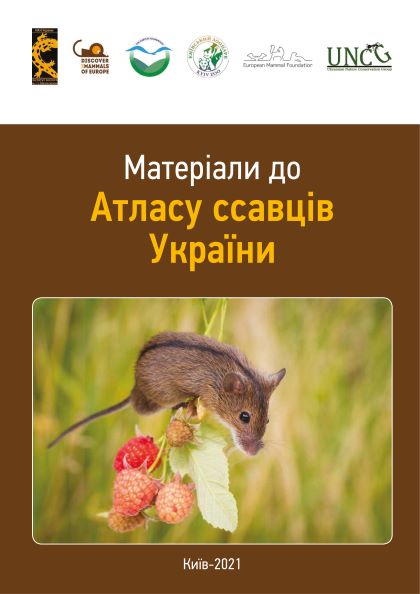As part of the project ‘Mobilisation of biodiversity data from Ukraine to GBIF‘ of The Habitat Foundation and others more than 5,000 recordings of mammals in Ukraine from the years 1991 to 2020 were digitised. The data will be used for management plans, species protection plans, scientific research, and the publication of an Atlas of Ukrainian mammals and an Atlas of European mammals (EMMA2).

There is no doubt that knowledge of the distribution of wildlife is of great scientific importance. Gathering information on the distribution of geographically related species is the basis for addressing a wide range of issues, both fundamental and purely applied. Without such seemingly basic knowledge, it is impossible to objectively assess the impact of economic activities on various species, plan environmental measures, including the designation of protected areas, the development of management plans, and more. There are several approaches to mapping animal distribution. The first, the oldest, is to delineate the boundaries of species distribution, without providing real data on the presence of the species within such a hypothetical “range”. Such delineation of the conditional area is a simple task for the specialist. However, such maps will always be inaccurate and will not allow any verification of their authenticity. Another approach is to produce distribution maps with for each actual sighting a point on the map. It is most appropriate for mapping the distribution of rare species or for mapping within small areas. However, such mapping will be quite difficult to implement for common species and for work in large areas, when you need thousands and tens of thousands of points to obtain a reliable picture. In the third approach, a grid is placed over the area, and for each cell the presence or absence of the species is noted. This approach makes it possible to relatively quickly visualise the distribution of species in large areas. For the Atlases of different groups of animals in Europe, the standard UTM grid of cells measuring 50×50 km was chosen. Examples are the European Breeding Bird Atlas and the upcoming second Atlas of European Mammals. Ukraine is still a white spot in the distribution of many mammalian species. The practice of publishing primary data on species encounters in Ukraine is not widespread and many observations “die” in the authors’ field diaries, never having become available for analytical work. The currently published collection aims to mobilise data from Ukrainian experts and obtain as much data as possible on the registration of mammals. It includes materials on the distribution of mammals in Ukraine, which contain a clear geographical reference (geodata). The authors of the collection present more than 5,000 finds of mammals in Ukraine. These findings will be a significant contribution of Ukraine to the study of mammalian distribution in Europe.
The report with distribution data can be downloaded here: Mammal Atlas Ukraine.






